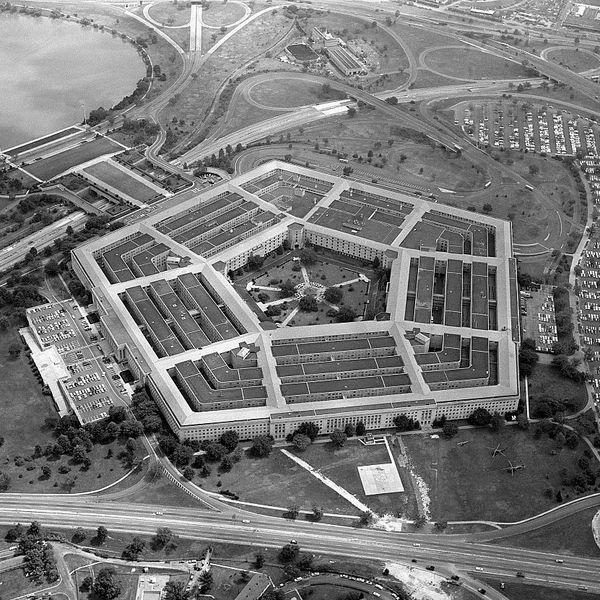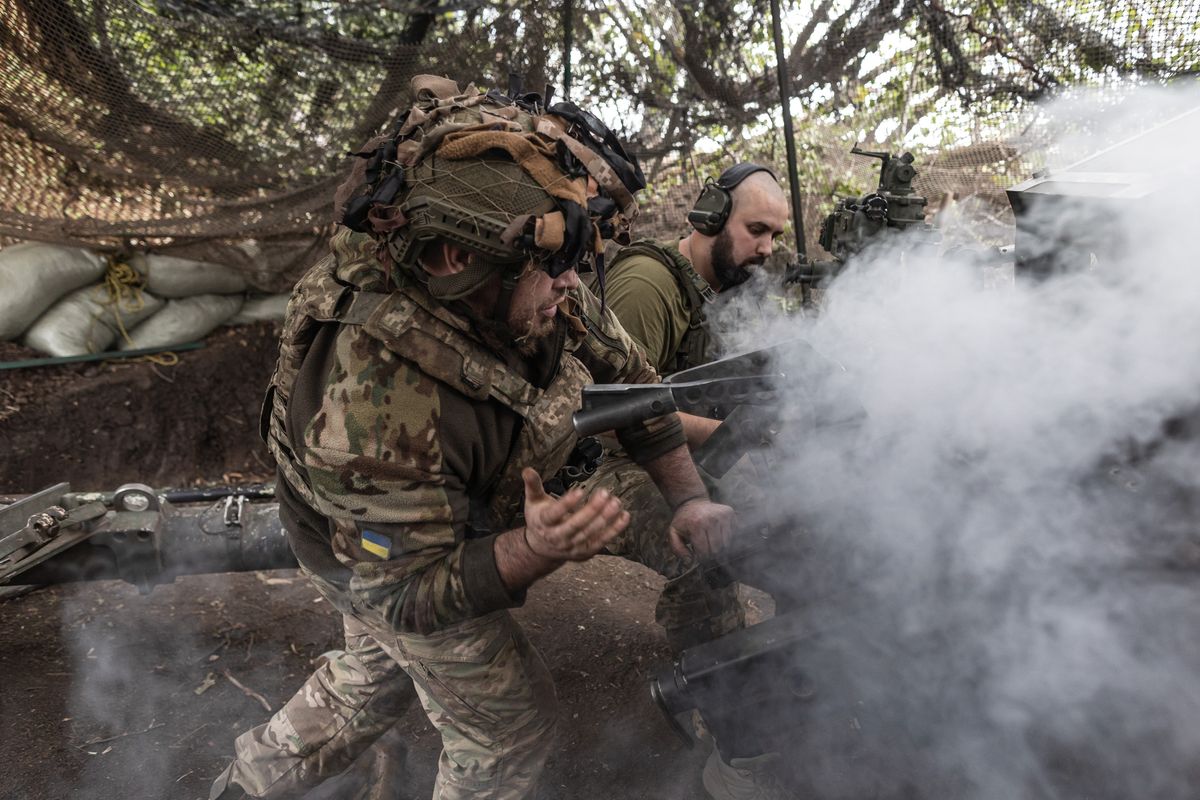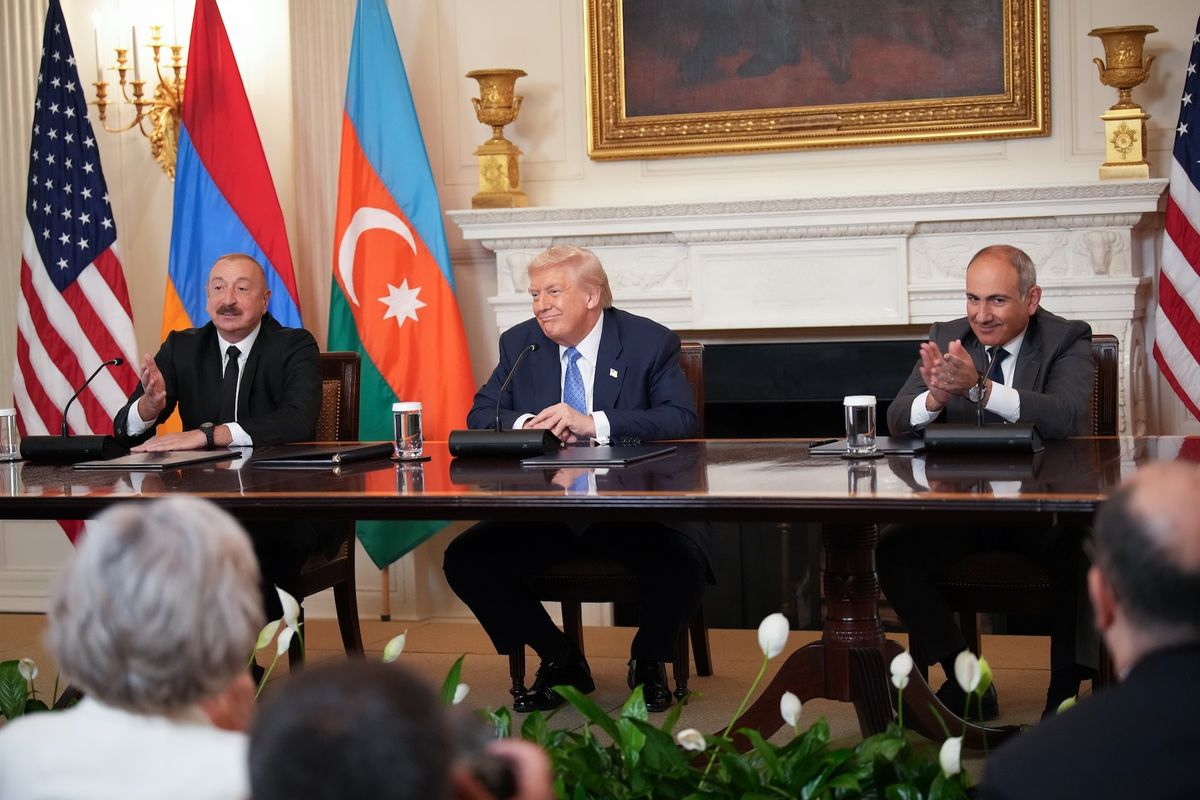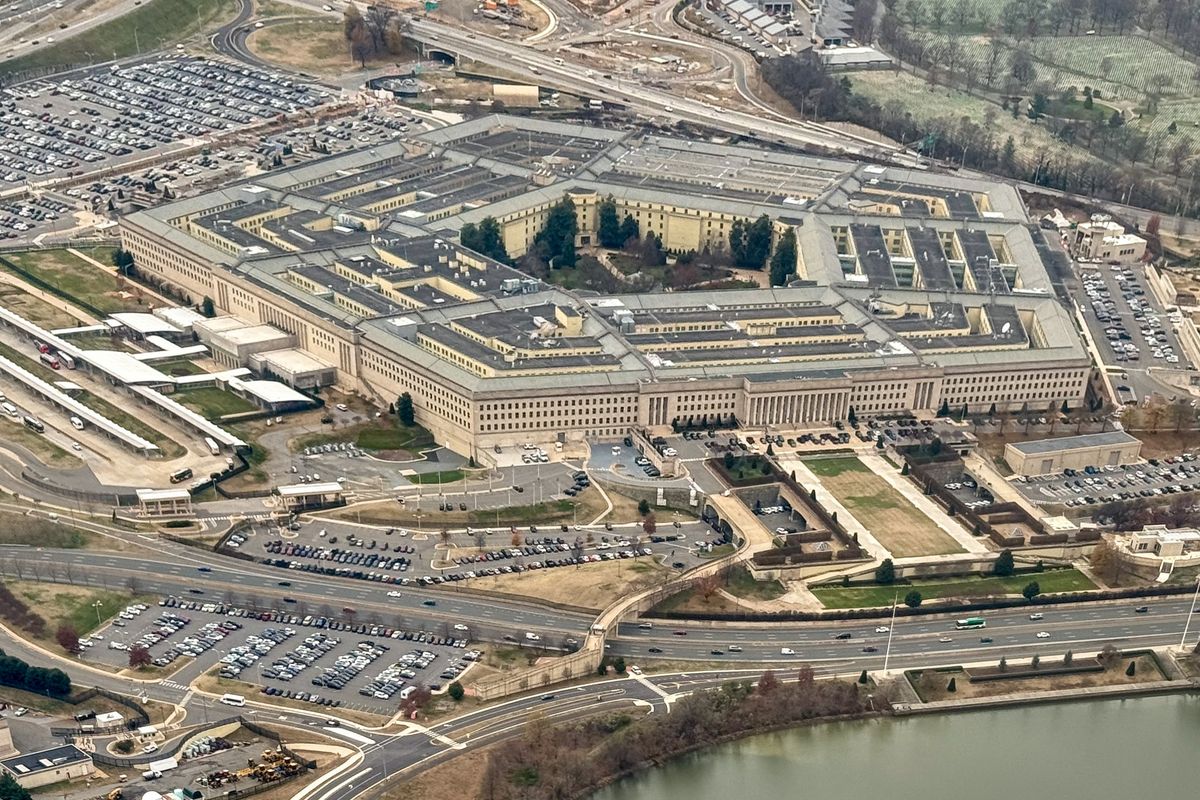OPINION – Our country is witnessing a dramatic seachange at the intersection of technology, national security and venture capital, with USG leadership, innovators and investors recognizing the imperative for a robust mix of disruptive technology and partnership in the face of significant global security challenges.
Discussions at our recent Boston Innovation Summit emphasized how powerful a catalyst venture capital is in strengthening and supporting the defense of our country and reflects a pivotal shift in venture capital’s approach toward national security-related start-ups. Speakers consistently referenced the national imperative to accelerate technology adoption in the USG in order to stay ahead of adversaries in both economic and security domains, noting the pivotal role that private capital can play in advancing these goals.
Over the past decade we’ve seen an increasing number of former intelligence officers transition to venture capital firms and bring with them the same operational agility and urgency that drove them in the USG. They have a sharp focus on the critical need to fuse public sector perspectives on the threats of our time with an equally agile and innovative private sector. This blend is reshaping how emerging dual-use technologies are both perceived and funded. At the same time, deep-tech founders are more motivated than ever to solve national security challenges
As national security threats evolve, the need for rapid adoption of innovative solutions within government frameworks is existential. Venture capitalists, once hesitant to engage with the defense sector, are now recognizing the immense potential and necessity of investing in technologies that can safeguard digital infrastructures and fulfill urgent security requirements. This proactive, solution-oriented approach is bridging the gap between technological capabilities and security needs, fostering a symbiotic relationship between government and private sector investment in national security that has been a hallmark of our country dating back to World War II.
Multi-Domain Conflicts and the Rise of Cognitive Warfare
There has been a rapid expansion of arenas of conflict, extending beyond traditional battlefields into cognitive and economic domains. An alarming rise of deepfakes illustrates the sophistication of modern warfare tactics at home and abroad. There is a rally cry for government and regulatory support to combat this cognitive warfare, an outgrowth of increasing demands for responsible regulation around artificial intelligence and artificial generative intelligence more broadly.
It's not just for the President anymore. Cipher Brief Subscriber+Members have access to their own Open Source Daily Brief, keeping you up to date on global events impacting national security. It pays to be a Subscriber+Member.
The capacity to create convincing synthetic media poses unprecedented challenges to individual, corporate, and national security. Deep fakes are a potent tool in cognitive warfare, capable of manipulating perceptions and influencing public opinion. The struggle against such threats requires a multi-faceted approach, combining technological innovation, regulatory frameworks, and international collaboration. This evolving nature of the battlefield demands that national security strategies and enabling technologies are equally adept at evolving, incorporating countermeasures against digital and cognitive threats alongside traditional defense mechanisms.
Real-World Laboratories: Learning from Ukraine and Other Hotspots
On the battlefields of Ukraine, we are witnessing the practical application of emerging technologies in a real-world conflict zone. These battle labs provide an invaluable opportunity to stress-test and provide insights into the effectiveness of new technologies under actual combat conditions.
Former IC executives emphasized the multifaceted nature of modern conflicts and the role of technology in intelligence and diplomacy. The Ukraine crisis has also demonstrated the critical importance of integrating technology with intelligence operations to influence policy outcomes and manage complex geopolitical dynamics. These real-world applications not only test the resilience and effectiveness of new technologies but also offer lessons that can refine and improve future innovations in national security.
A United Front for a Secure Future
We are living in a new world where the challenges ahead require a unified approach, blending the innovative spirit of the private sector with the strategic needs of national security.
Newly formed partnerships highlight an unparalleled opportunity to shape a secure and resilient future calling upon entrepreneurs, government executives, academics, and other stakeholders to continue exploring, collaborating, and building. The collective expertise, vision, and commitment to action are crucial in leveraging technology to fortify national security and ensure economic resilience in an increasingly complex global landscape.
Who’s Reading this? More than 500K of the most influential national security experts in the world. Need full access to what the Experts are reading?
Read more expert-driven national security insights, perspective and analysis in The Cipher Brief















